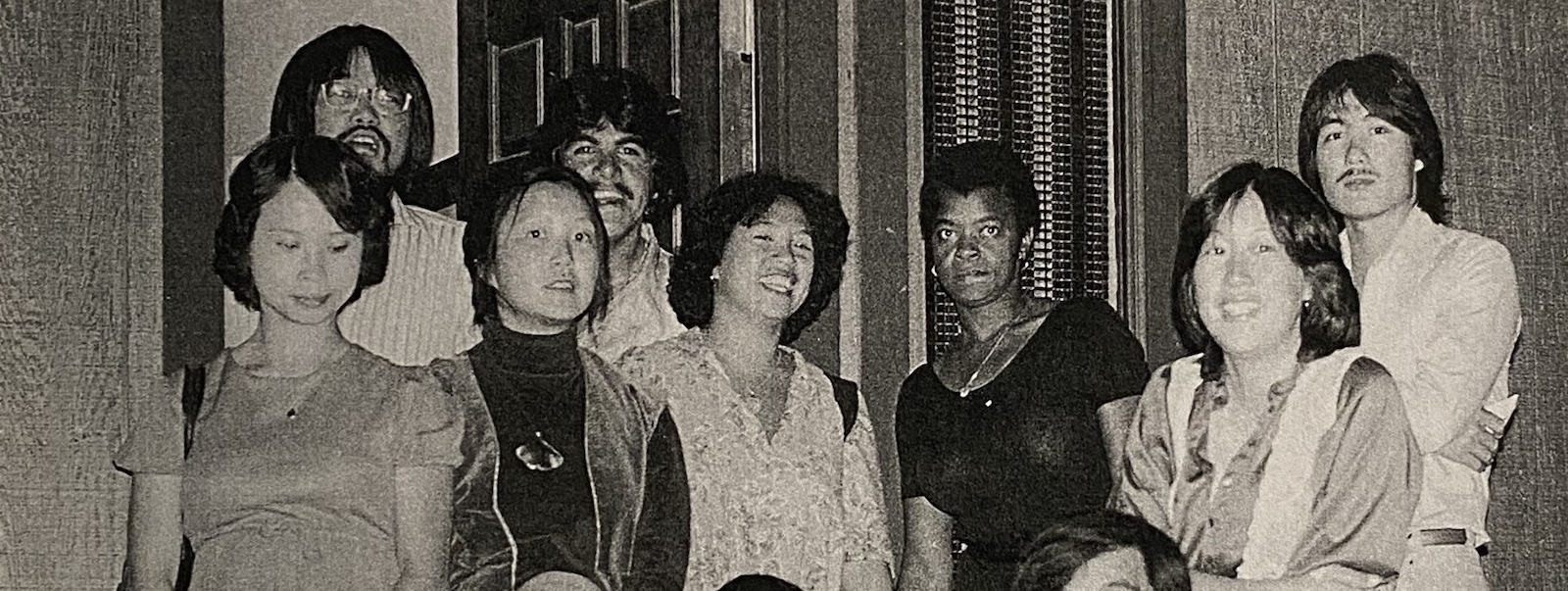1967-1969: The Founding

De Anza students gathered to pay tribute to the late Martin Luther King Jr. following his assassination (La Voz, April 1968)
Hi again! It's me, Mae.
Karen and I might pop up here and there throughout the timeline. You can think of us as your guides on this journey through the history of the Asian American Studies department. We'll be here to provide context, share personal insights, and highlight key moments along the way.
Overview
De Anza College was founded amid national civil unrest driven by anti-war and anti-racist sentiment. By 1969, the establishment of the Ethnic Studies Division and Multi-Cultural Program on campus helped facilitate two simultaneous but distinct discourses: a politically neutral perspective advocating multiculturalism, and a more radical viewpoint from Black and Chicano student unions calling for a reevaluation of educational institutions as a whole. Both faced criticism from the "silent majority" of white and some Asian students, though other Asian students pushed for the inclusion of Asian American Studies in the Ethnic Studies curriculum.
I wrote this description based on how I interpreted the historical documents I found...but I'm not completely sure that everything happened exactly like this! For example, my idea of the 'two distinct discourses' is just my way of trying to piece together different, sometimes conflicting, sources. More research could bring out new details or perspectives that might change this story.
Key Events
In this section, we not only highlight important events from the current time period, but provide links to original source material for each one.
There are so many interesting voices and stories we might have missed or couldn't include due to space limitations—try digging around and see if you discover something new!
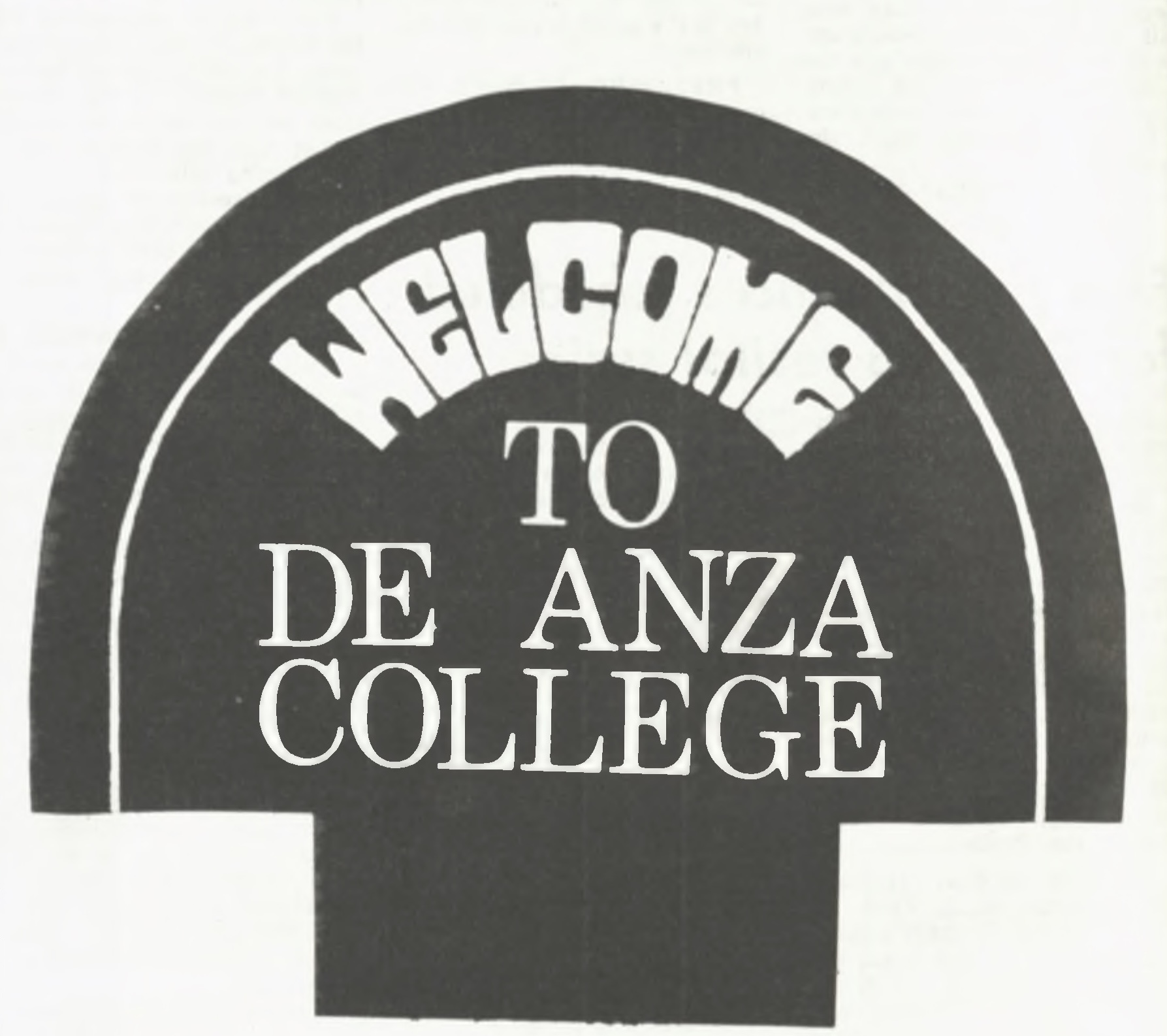
September 11, 1967
De Anza College opens
The newly-constructed De Anza College opens its doors to 3000+ incoming students.

MLK gathering (La Voz, 1968)
April 19, 1968
"A college stops to think it over"
Hundreds of De Anza students gather for a memorial in Hyde Park following the assassination of Dr. Martin Luther King.
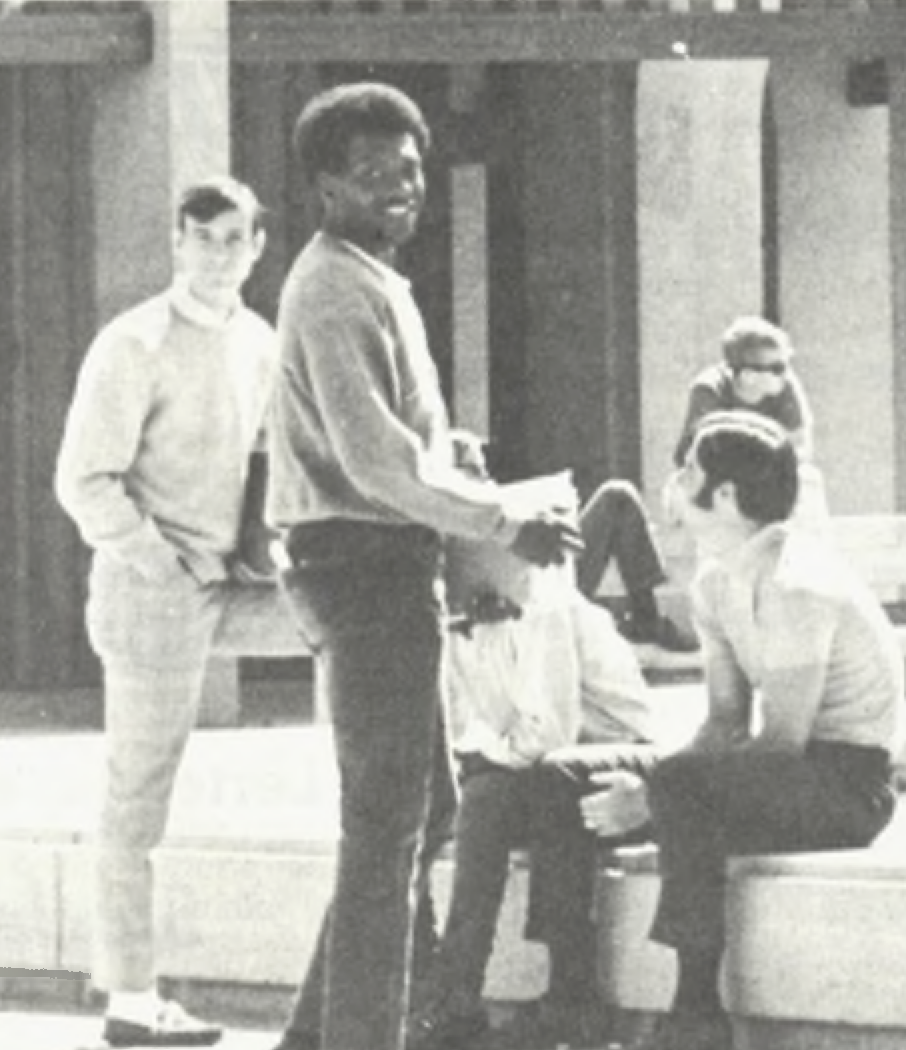
Despite their few numbers, Black and Chicano students formed strong student unions on campus (La Voz, 1968)
September 1968
"Brown-Black-White" study conducted
Two instructors from Foothill and De Anza, John Lovas and Jose Coleman, initiate a district-wide study on minority needs called the "Brown-Black-White" Project. Lovas later recounts this initiative in De Anza's 35th-anniversary retrospective.

Jose Coleman, co-chairman of the ABC project along with John Lovas (La Voz, 1968)
October 11, 1968
"Minority student project underway"
Following the study, the A.B.C. project (Anglo-Black-Chicano) is started to provide assistance to “disadvantaged students of minority groups.”

Two players talk to their coach during De Anza's inaugural football season (La Voz, 1967)
November 22, 1968
Proposal for a “multi-cultural program”
De Anza students submit a proposal for a “multi-cultural program” at the annual student and faculty conference in Asilomar. The proposal, detailed in a La Voz article entitled "Asilomar explores campus policies" calls for a counseling program as well as courses in economics, sociology, anthropology, and history for “third-world students.”
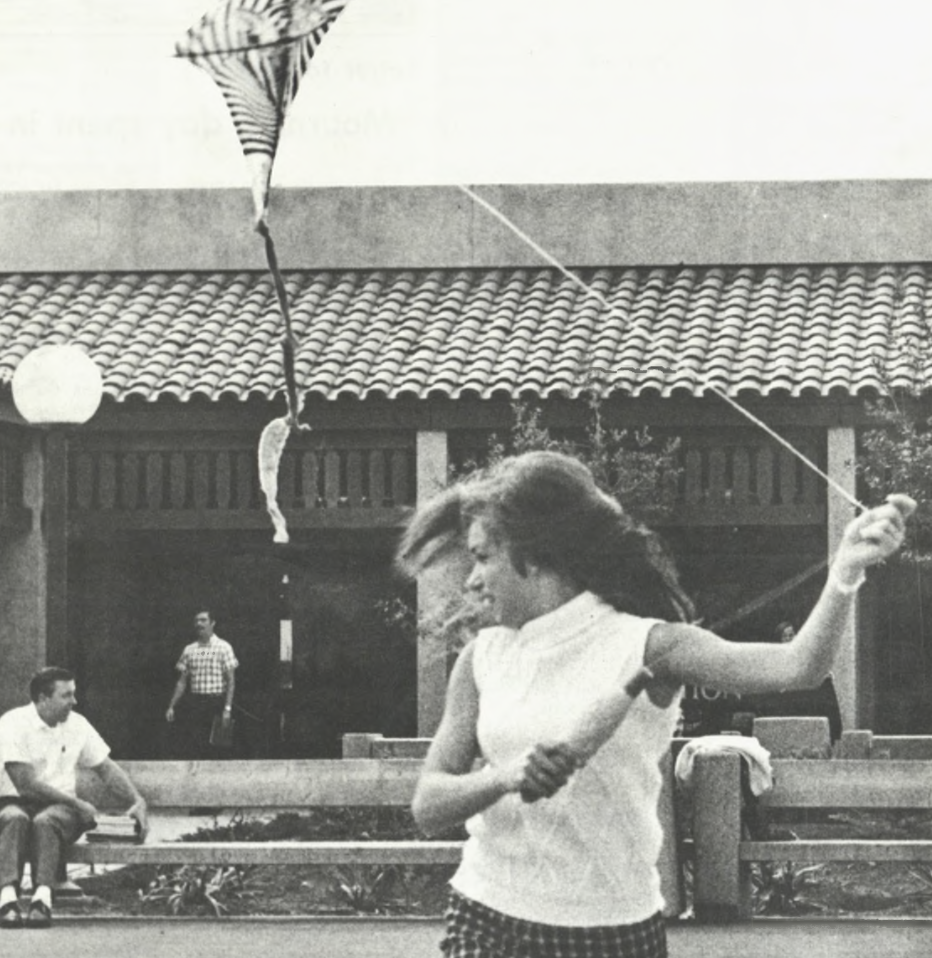
A De Anza student enjoys springtime (La Voz, 1969)
Winter 1969
First Ethnic Studies course offered
The first Ethnic Studies course, “Racial and Cultural Minorities in the United States,” is offered at De Anza and appears in that year's course catalog. It is offered under the Social Science Division and taught by history professor George Dabney.
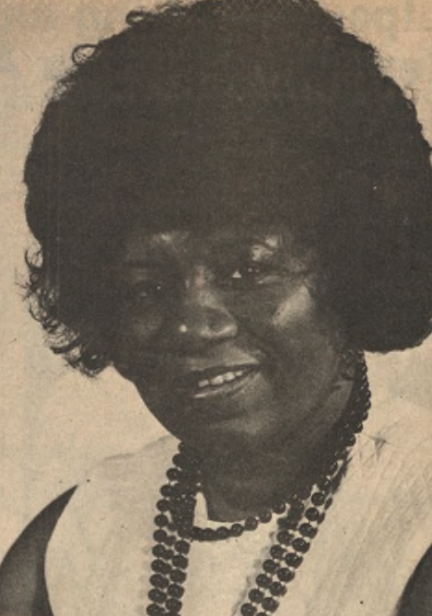
Ida Robinson (La Voz, circa 1975)
September 22, 1969
“Ethnic studies opens for business”
The Ethnic Studies Division is founded with Ida Robinson appointed as its first Chair. New Division courses offered include "The Black Writer in America*," a course on the "History of the American Black," and "African History until 1600."
*Technically, this course was originally listed under English. It was moved to Ethnic Studies a few years later.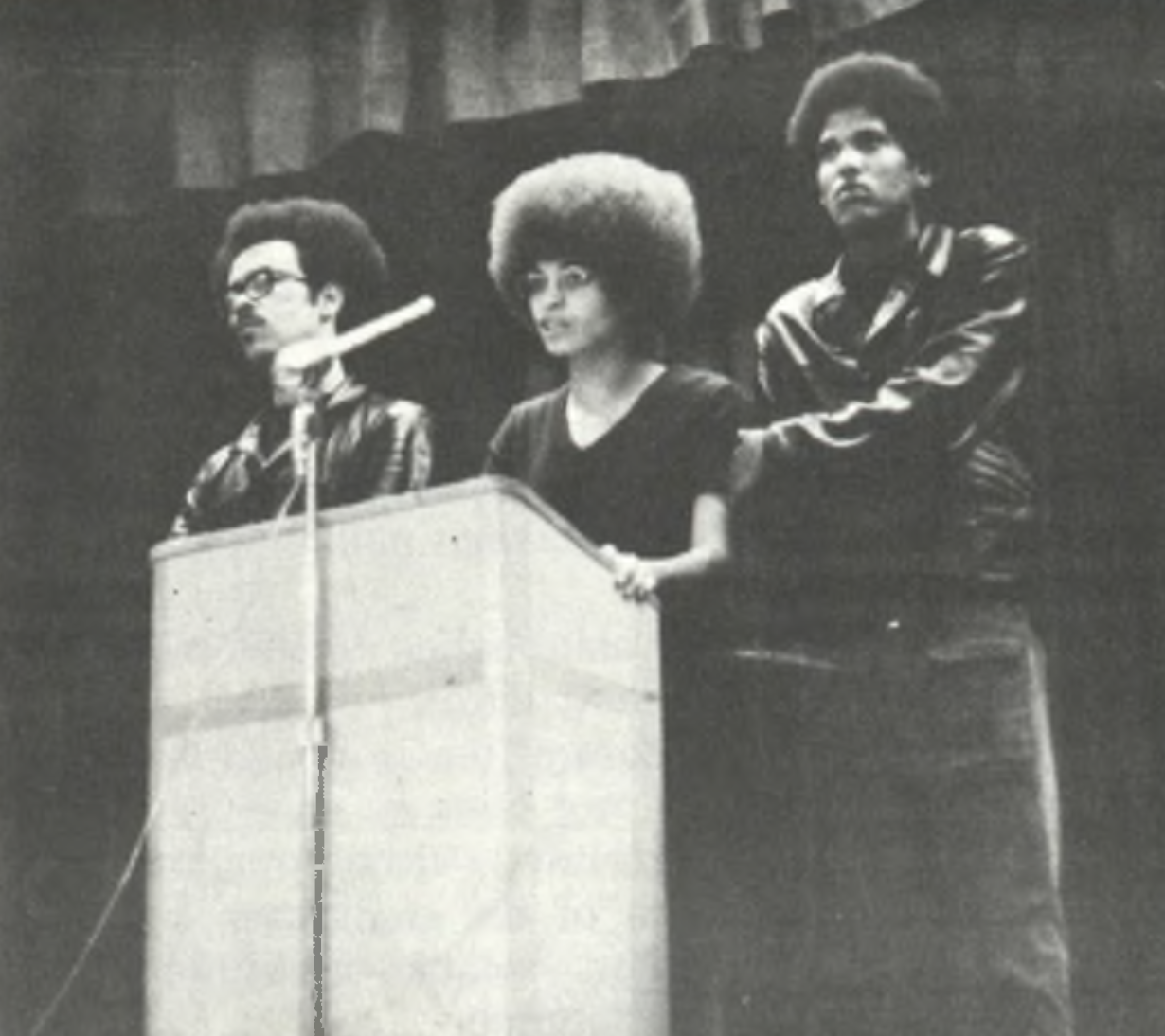
Activist Angela Davies gives a speech at Roosevelt Jr. High School in San Jose (La Voz, 1969)
October 24, 1969
"Panel provokes tempers"
A panel discussion at De Anza sparks an argument about institutional racism between a Mexican American counselor-aide and an “Oriental student.” Meanwhile, another student, Adrianne Chang, announces a petition for an Asian American course to be offered in Winter 1970.
Takeaways
Wow...a lot sure was going on during these first three years!
I'm really struck by the historical context of the time. De Anza opened its doors to 3,000 students on September 11, 1967.
The country was at war in Vietnam. Students and faculty were discussing civil disobedience and draft resistance.
It was the late civil rights period. Dr. King was assassinated in April 1968. There was a call for a nationwide student strike.
De Anza had its own response. La Voz—De Anza's student newspaper—recognized De Anza as a "white college" wrestling with what to do about institutional racism. Students and faculty confronted the long history of racial inequality in the country with lots of proposals.
All of this set the backdrop for Ethnic Studies at De Anza.
One thing Karen and I set out to do with our research was to answer the questions: When did Ethnic Studies start at De Anza? And specifically, when and how did Asian American Studies begin?
Well, based on our sources, we have some answers.
- We could say the seeds of Ethnic Studies were planted in the fall of 1968. That's when the A.B.C. Project (Anglo-Black-Chicano) came about. The immediate goals of the project were to get Black and Mexican American students into college and retain them. Its long-term goal was to get the college to appreciate and recognize the contributions of all minorities, and to get rid of existing institutional racism. In November 1968, students proposed the formation of a multicultural program at the Student-Faculty Retreat. The program was to include courses on racism and prejudice focusing on Third World peoples. These courses were to be required of all students, faculty, and administrators. I'd definitely say that's Ethnic Studies-in-the-making.
- We could say Ethnic Studies started with the first Ethnic Studies course offered by the college in winter 1969. According to the "Intercultural Studies Division: A Chronological History," timeline authored by Duane Kubo, the first Ethnic Studies class was offered through the Social Science Division: Social Science 50: Racial and Cultural Minorities in the U.S. It was taught by George Dabney.
- We could say Ethnic Studies started in the fall of 1969 with the founding of the Ethnic Studies Division. This was a new, interdisciplinary academic division at De Anza located in the L1 building. It offered four courses that fall quarter: Racial and Cultural Minorities in the U.S., The Black Writer in America, Black American History, and History of Africa to 1600.
- We could say Asian American Studies started in 1970. La Voz reported that a student—Adrianne Chang—started a petition in fall 1969 to have an Asian American Studies course. In the following quarter, Winter 1970, there were five new Ethnic Studies courses, including Asian American Studies and Mexican American Studies. They were: History of the Chinese in the U.S.A., Black Economics, Black Sociology, Mexican-American Culture, and Mexican-American Literature.
We love that we found all these sources. They helped us piece together an origin story of De Anza's Ethnic Studies and Asian American Studies.
But what happened next? That's what the next time period tells us...

